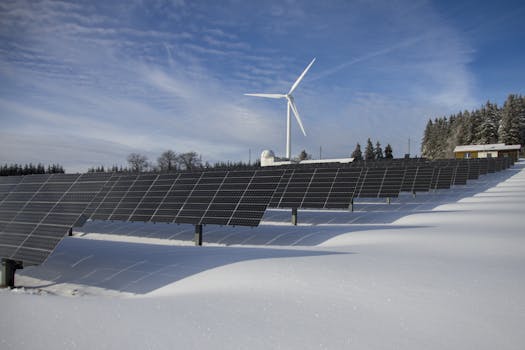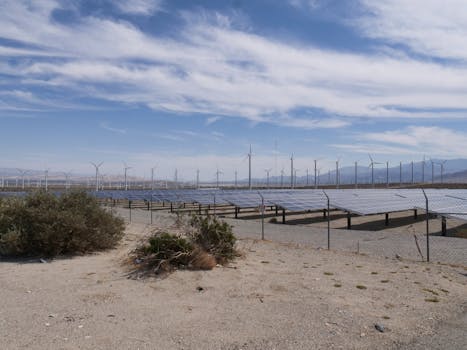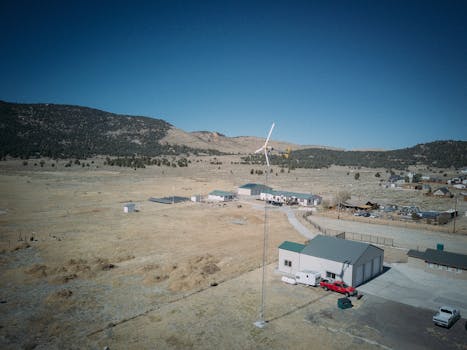
Breakthroughs in Renewable Energy Technology and Sustainability
Renewable Energy and Sustainability have become essential components of modern life, as the world shifts towards a more environmentally conscious and sustainable future. Recent breakthroughs in renewable energy technology have made it possible to harness the power of nature in more efficient and innovative ways, reducing our reliance on fossil fuels and mitigating the impact of climate change.
Advances in Solar Energy

Solar energy has been at the forefront of renewable energy technology, with advancements in photovoltaic cells and solar panel design leading to increased efficiency and reduced costs. Bifacial solar panels, which can harness energy from both the front and back sides of the panel, have become increasingly popular, offering up to 25% more energy output than traditional solar panels.
Concentrated solar power (CSP) systems, which use mirrors or lenses to focus sunlight onto a heat exchanger, have also shown significant promise. These systems can generate electricity at a lower cost than traditional solar panels and can store thermal energy for later use, providing a stable and reliable source of power.
Wind Energy Innovations

Wind energy has also undergone significant transformations in recent years, with the development of larger, more efficient turbines and advanced materials. Offshore wind farms have become increasingly popular, taking advantage of stronger and more consistent winds to generate electricity.
Floatation devices and advanced mooring systems have enabled the construction of wind farms in deeper waters, unlocking new areas for renewable energy production. Additionally, the development of vertical-axis wind turbines (VAWTs) has provided a more compact and efficient alternative to traditional horizontal-axis wind turbines.
Hydrokinetic Energy and Geothermal Power

Hydrokinetic energy, which harnesses the power of moving water, has emerged as a promising new source of renewable energy. Tidal and wave energy converters can capture the kinetic energy of ocean currents and waves, providing a predictable and reliable source of power.
Geothermal power, which leverages the heat from the Earth’s core, has also seen significant advancements. Enhanced geothermal systems (EGS) can tap into hot rock formations, providing a vast and untapped source of renewable energy.
Sustainability and Energy Storage

As renewable energy technologies continue to advance, energy storage has become a critical component of a sustainable energy future. Advancements in battery technology, such as lithium-ion and flow batteries, have improved efficiency and reduced costs, enabling widespread adoption of renewable energy sources.
Smart grids and energy management systems have also played a crucial role in optimizing energy distribution and consumption, reducing waste and promoting energy efficiency. Green buildings and sustainable infrastructure have become increasingly important, incorporating renewable energy systems and energy-efficient design to minimize environmental impact.
Conclusion

In conclusion, Breakthroughs in Renewable Energy Technology and Sustainability have paved the way for a greener future, offering a wide range of innovative solutions to reduce our reliance on fossil fuels and mitigate the impact of climate change. As the world continues to transition towards a more sustainable and environmentally conscious future, it is essential to support and invest in these breakthroughs, ensuring a brighter and more sustainable tomorrow for generations to come.






